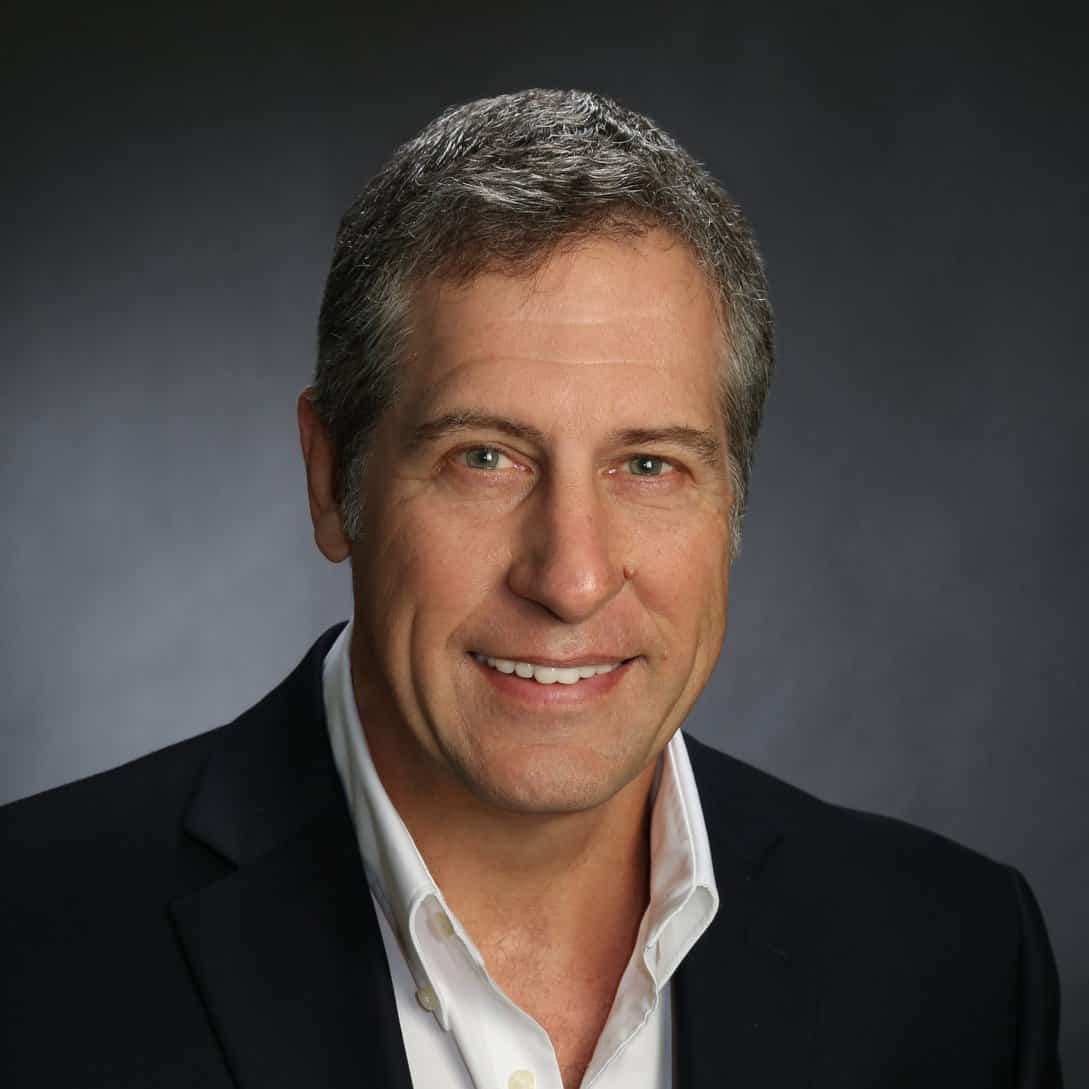GUEST EDIT: PRIORITIZING CASH FLOW

What is the single most important word in retail? If you answered, “cash,” you are correct! But do you really understand what the difference is between cash margin and gross profit? We’ll take a closer look.
Cash flow is the money left over (or not), after all the costs needed to operate the business have been paid. Cash margin is the difference between sales and purchases. Cash margin dollars are the funds available to pay expenses and build up reserves. Ideally, the cash margin should neither be too high nor too low. A cash margin that is too high could indicate that not enough money is being spent on new inventory to support potential future sales. A cash margin too low may mean that too much is being invested on inventory leaving a potential shortage to cover operating expenses.
Consider a store with $1,000,000 in sales. Assume that purchases are $550,000 (55%) and operating expenses total $400,000 (40%). The purchases and expenses added together equal $950,000 leaving a positive cash flow of $50,000. If the percentage of purchases and expenses totals a number greater than 100% of sales, the retailer is experiencing negative cash flow which over time is not sustainable.
There are ways to improve cash flow. They include buying less, reducing expenses, taking fewer markdowns, and improving inventory turnover.
Remember that a 2X turn, in simple terms, means that the entire inventory is replaced twice in a year. This means that there is a six-month supply of merchandise (think stock-to-sales ratio). Another way to look at the turn is by the number of weeks of stock. In this example, that equals 26 weeks of supply.
If, however, turnover is increased to 2.5X, through inventory planning, quicker markdowns, deliveries that are timed better, and more attention paid to assortments, the weeks of stock would be reduced to about 21. Each week of supply of stock that can be reduced increases cash flow by approximately 1% of sales. So going from 26 WOS to 21WOS is equal to about a 5% improvement in cash flow. On a million dollars in sales, this improvement in cash flow is significant. 5%=$50,000!
Profit is based on the inventory that was sold and does NOT consider the total spending on merchandise that is still unsold. Experienced merchants keep their focus on cash and cash flow. With proper inventory planning, profit and cash flow should be close to the same number. Overbuying will cause the profit to be larger than the cash flow resulting in obvious problems.
Having a good cash flow means you have cash available to pay bills, make payroll, purchase fresh inventory, take a salary, and have funds available to reinvest in the business. Optimizing cash flow, and ultimately profits, requires managing your inventory investment, as well as timing merchandise deliveries, markdowns, reorders, vendors, pricing and expenses.
As you review your planning for the remainder of this year and build your forecast for the next, remember to keep cash a priority.
Editor’s Note: ManagementOne contributed to this article. Ritchie Sayner is a retail analyst and consultant at Advanced Retail Strategies who works with Management One; he can be reached at ritchie@arsotb.com.
Image at top generated by ChatGPT.


